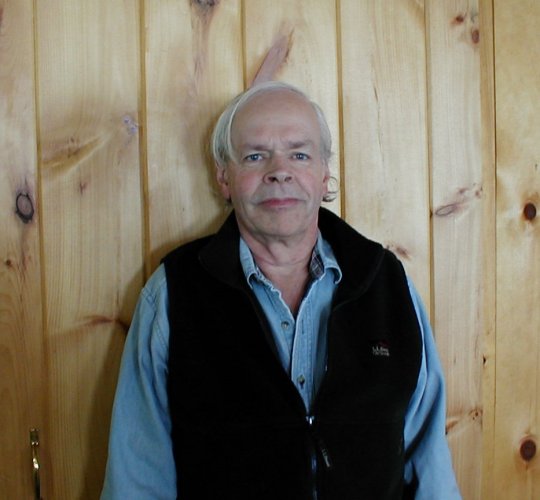We've just published Salisbury, Connecticut - The Early Years!
Every so often in this e-publishing business we get to actually publish something that has never been published before. Mostly we republish stuff that's old, generally pre-1923, thus avoiding copyright issues, but every so often we dig up something a whole lot newer -- and on rare occasions, even get to be the first publisher of something.
Back in the 1980s, after Judith Sherman (who has several roles in this story, including business partner in Between the Lakes Group and spouse, as well as author, as you will shortly see) found herself no longer working for the Wall Street powerhouse that had employed her before our daughter was born (new moms still don't get much respect on Wall Street, we're told, but it was even worse 30 years ago), she decided to get her MA in history -- a subject that had been a consuming interest of hers almost all her life -- at Hunter College, which both had a great history department on its own and could draw on the even stronger CUNY history department, which happened to be only a few blocks from our apartment in NYC.
Because we already had the house on the dirt road that gave its title to this blog, but only visited it on weekends, once she had completed her required courses and was undertaking original research, one of her research topics was, naturally, the history of Salisbury, Connecticut.
When this paper was subtitled “The Early Years” it indeed meant early. Most of the material is based on the 1719 – 1742 period – the period when Salisbury (which is located in the extreme northwest corner of Connecticut, in case you were wondering just where the dirt road is located) was first laid out and settled. In its 83 pages (yes, it's a serious paper, not a homework assignment), including extensive footnotes, the paper summarizes the township’s early history in a way that had not been done previously.
At the time this paper was written, colonial historiography fell into two broad classifications: first, there were the archivers, the people who collected colonial-era manuscripts, (occasionally) translated them into modern English, sequenced them, and published them in bound volumes for others to search for elusive ancestors but mainly to get dusty on research library shelves. The second category of colonial historians at that time painted in broad strokes. Very broad strokes, usually. They drew from limited documentary history, they extrapolated from more recent and more extensively documented eras, they were happy to include tradition and conjecture, and they theorized about what must have happened in very general terms.
Usually historians in the latter category had an axe to grind – most frequently an ancestor’s reputation to inflate, or an organizational viewpoint to protect and promote.
Around the time this paper was written, a third kind of colonial historian was beginning to emerge. Historians, largely graduate students like the author of this paper, and younger faculty in research universities, were just beginning to apply quantitative techniques to the colonial data available. Instead of writing from within the milieu that rewarded the second variety of colonial historian cited above with social approbation, the new historians tended to write about places where they did not live and where they had no ancestral backgrounds to color their historical interpretation.
It seems strange today to realize that thirty or so years ago colonial history tended to eschew quantitative measurements, and that arms-length critical analysis was the exception rather than the rule, but that was the state of the colonial history field even that recently.
The author’s background, prior to her graduate education in history, had been in analytical work on Wall Street. She had learned early on, in reading annual reports and 10-Ks of companies looking for investment opportunities (and red flags) and in identifying companies as merger and acquisition candidates, that puffery abounded in the text of annual reports, and that only by starting with the footnotes and the numbers themselves and analyzing them critically could rational business decisions be made. A statement like “Land speculation was rampant in early Salisbury” was the sort of generalization that sadly characterized the state of colonial history at the time this paper was written – and exactly the type of statement that Sherman had been trained to detect, question – and frequently demolish.
Along those lines, this paper presented the first not-entirely-laudatory view of a real sacred cow of Salisbury history, the first clergyman in town, the Rev. Jonathan Lee.
Anyway, after opening a long-hidden away box and finding this and another paper about the history of Salisbury, we decided that it was time for a first publication.
Has it really been five years?
4 years ago



